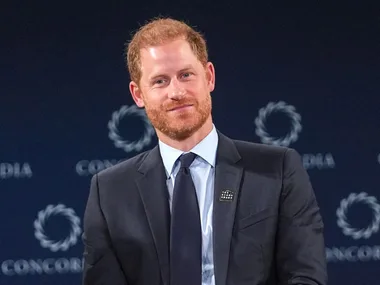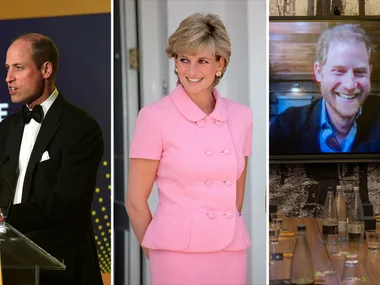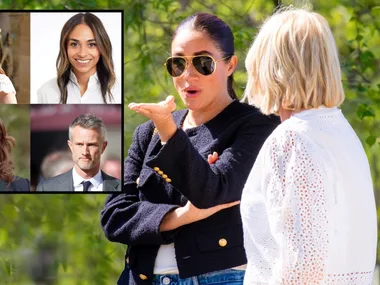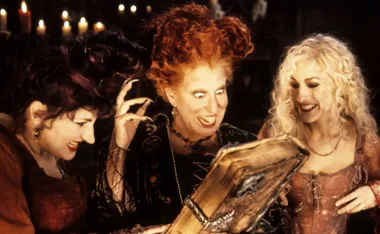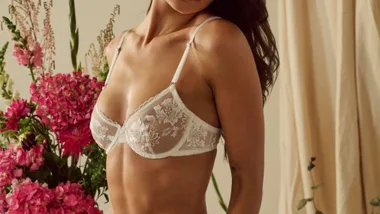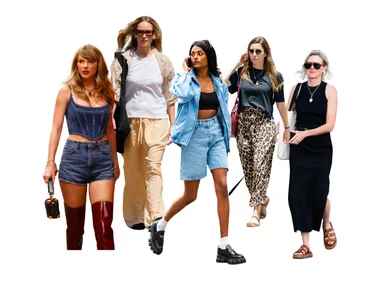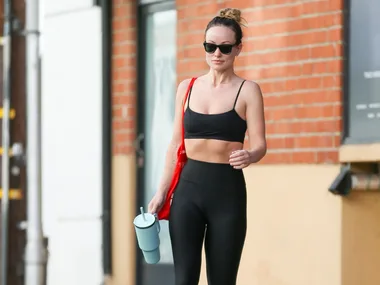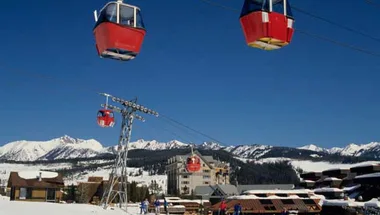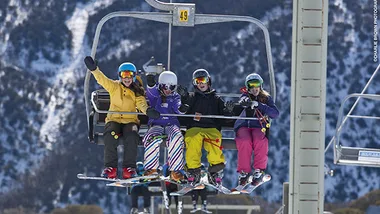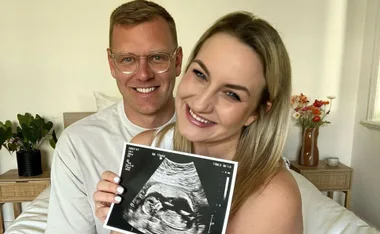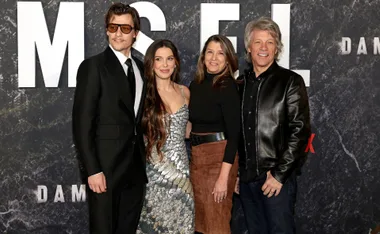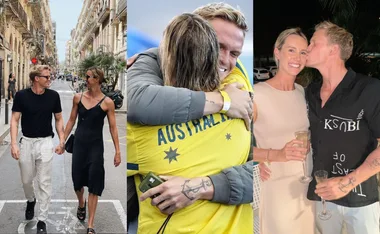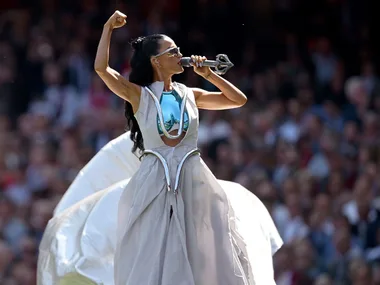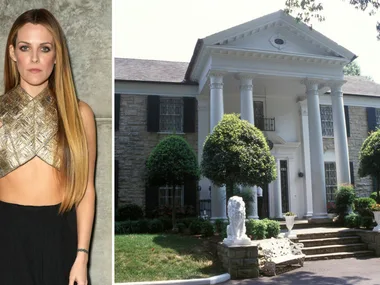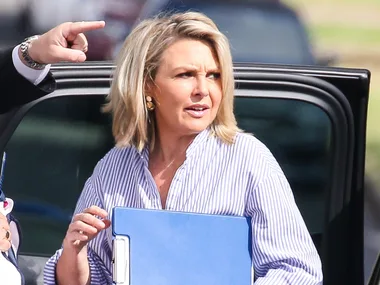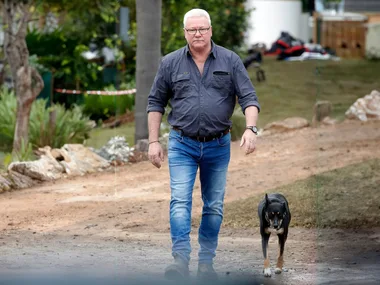Vancouver
The locals call Vancouver “Lycra city” because they’re always outside exercising — walking, jogging, ice skating — in the stretchy stuff.
Like Sydney, it’s an outdoors city with a spectacular harbour and conveniently close beaches. A short ferry trip away is Vancouver Island, a wilderness of pine forests and log cabins for the rugged, chic resorts for the pampered, and Victoria, British Columbia’s historic capital city, for the urbane.
Three hours inland, you’ll find snow-sports central, Whistler, in the Coastal Ranges, as famous for the 2010 Winter Olympics as it is for employing every other young Aussie in search of a job on the slopes.
In downtown Vancouver, shimmering glass towers overshadow uber-cool inner-city terraces with gallery cafes, shops and some of country’s best restaurants. Yes, Vancouver is billed as one of Canada’s top dining-out cities. Fine food, great sights and beautiful surrounds — what more could anyone want? Here are some of highlights of this frontier city:
Grouse Mountain is an ideal first destination — whatever the season — as the views of the city are good and in the colder months it’s a fantastic introduction to the city’s wintery wonderland. It’s a 15-minute drive from downtown Vancouver to the base of the mountain, where there’s a scenic SkyRide to the peak.
During December, this snowy haven is a child’s paradise, with a Santa in residence, sleigh rides around the mountain through snow-covered forests, treasure hunts and ice-skating to the sound of cheerful carols in the background. In summer, the wildflowers are spectacular. The fee for the return SkyRide ($34.95 for adults and $12.95 for children) makes it one of the city’s great bargains.
The Vancouver Trolley Company offers red trolley car tours through the city, Chinatown and around Stanley Park, allowing you to get on and off at 23 stops along the way.
Vancouver Aquarium will enthral kids with the haunting beauty of the white beluga whales and the antics of playful sea otters, sea lions and seals.
Capilano Suspension Bridge is a 137m plank bridge crosses the Capilano River and soars 70m above the rugged Capilano Canyon, swaying perilously in the breeze.
Treetops Adventure at Capilano Suspension Bridge and Park — where a cable bridge is suspended between a series of treetops, 33m above the forest floor — offers an extraordinary aerial walk. During December, you can visit at night to experience Canyon Lights, with all the bridges glowing with 200,000 fairy lights. Cost is $25 for a family of four.
Stanley Park, Vancouver’s 400-hectare evergreen oasis, comes to life throughout December, with a display of more than a million festive lights. We spent hours meandering along a maze of illuminated paths, gasping at the splendour of the displays, warming ourselves with massive mugs of hot chocolate and munching on salty roasted chestnuts.
Whistler
Drive two hours east along the Sea-to-Sky Highway and you’ll arrive at one of the world’s great ski resorts: Whistler. If skiing isn’t your priority, visit the Tube Park and spend hours zooming down the slopes in rubber doughnut-like tubes — great for families.
For young skiers, there are also some of the best ski destinations with bear-viewing tours, escorted mountain walks, kayaking around five lakes, four championship golf courses, horseback adventures, mountain bike adventures, trout fishing, summer skiing on Blackcomb’s glacier and Zip Trekking (where you slide at high speed on a flying fox between tree platforms over a river valley and get an exhilarating three-hour tour of a 1000-year old-growth forest valley).
Vancouver Island
Just a short ferry journey away from Vancouver, Vancouver Island offers an ideal daytrip or weekend. It’s British Columbia’s whale-watching capital (killer whalers) and an ideal place to kayak with dolphins, trek through pristine forests, camp or simply stay at a lodge and enjoy a pristine beach and refreshingly cold water. If you need an urban fix, visit Victoria, BC’s capital, a laid-back historic port.
Banff and Lake Louise
Banff is a charming little frontier town high in the Rockies in the neighbouring state of Alberta. On the high street, you’ll find timber buildings with cafes, book shops and boutiques and an occasional elk wandering around as if it owns the place.
In winter, it serves as base for three ski resorts: Lake Louise (63km away), Sunshine (16km) and Mt Norquay (10km). But for those who don’t like snow, summer is the ideal time to visit with either Banff or Jasper National parks, both on the town’s doorstep. Two of the largest parks in the Canadian Rockies, both have healthy populations of grizzly bears, moose, caribou and wolves.
Hot springs bubble to the surface at Banff and the Solace Spa at Fairmont Banff Springs hotel is world famous. Here you can soak in a pool filled with hot mineral water under a great glass dome, contemplating the mountain peaks, before slipping outside for a quick roll in the pristine snow in winter or a frigid pool in summer.
It’s an imposing Scottish-style baronial hotel with lofty, vaulted halls and fossils in its flagstone floors. Located at the junction of two glacial valleys, with commanding views, it’s a palatial labyrinth of columns, minstrel galleries and huge leaded windows, with 700 guest rooms, 12 restaurants and 35 shops.
Less than an hour’s drive away is Lake Louise, a spectacular stretch of turquoise water framed by awe-inspiring mountains. On the waterfront is the Fairmont Chateau Lake Louise, a good base to go trekking around the lake or just sit on the terrace and admire the view.
White Christmas in Canada
Discover a winter wonderland on a five-day Canadian guided holiday with Trafalgar Tours. The adventure begins in cosmopolitan Vancouver and continues on the Snow Train to Jasper with its private sleeping compartments, gourmet meals and the 360-degree mountain views from its famous dome cars.
In Jasper, the land of a million Christmas trees, there are guided walks to mesmerising frozen waterfalls and ice-covered trees. Heritage log cabins at The Fairmont Jasper Park Lodge combine luxury with the essence of the Rockies, complete with roaring log fires.
The tour continues along the spectacular mountain drive, the Icefields Parkway, before stopping over at The Fairmont Banff Springs hotel in the very heart of the Banff National Park. After a visit to Lake Louise and the Chateau Lake Louise hotel, it’s on to the famous wine country of the Okanagan Valley and a visit to Victoria on Vancouver Island.
Travel essentials
Trafalgar
Visit Tourism Vancouver, Hello British Columbia, Vancouver Island and Banff and Lake Louise.
Newsletter conversion description. Get the latest in your inbox.

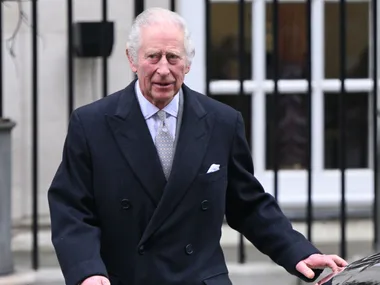

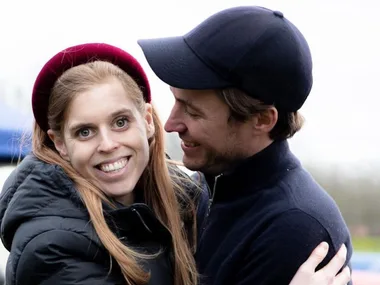

-(2).jpg?resize=380%2C285)
